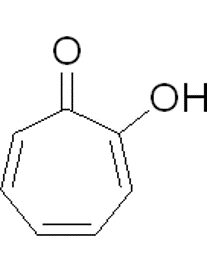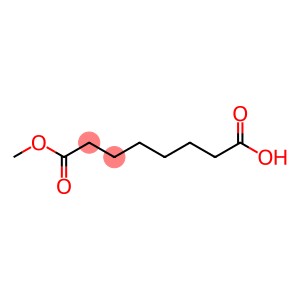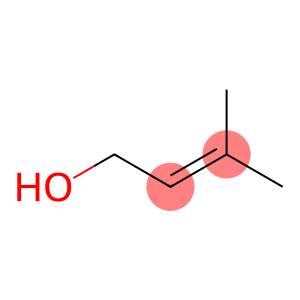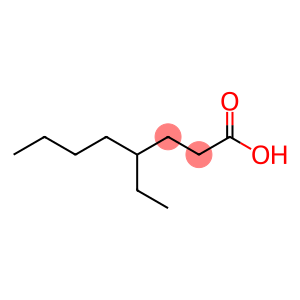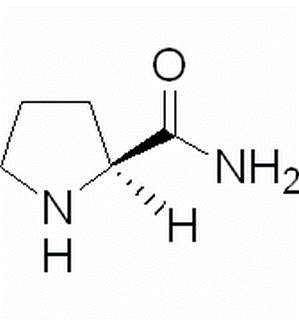2-Hydroxy-2 4 6-cycloheptatrien-1-one(CAS# 533-75-5)
| Hazard Symbols | Xi – Irritant |
| Risk Codes | R22 – Harmful if swallowed R36/37/38 – Irritating to eyes, respiratory system and skin. R37/38 – Irritating to respiratory system and skin. R41 – Risk of serious damage to eyes |
| Safety Description | S22 – Do not breathe dust. S24/25 – Avoid contact with skin and eyes. S36/37/39 – Wear suitable protective clothing, gloves and eye/face protection. S36 – Wear suitable protective clothing. S26 – In case of contact with eyes, rinse immediately with plenty of water and seek medical advice. |
| WGK Germany | 3 |
| RTECS | GU4075000 |
| FLUKA BRAND F CODES | 8-10-23 |
| HS Code | 29144090 |
Introduction
Cycloheptryenolone is an organic compound. The following is an introduction to the properties, uses, preparation methods and safety information of cycloheptatrienolone:
Quality:
- Cycloheptene trienolone is a colorless to light yellow liquid with a special aroma.
- It has a low density of 0.971 g/cm³.
- Cycloheptene trienolone is insoluble in water at room temperature, but soluble in organic solvents such as alcohol.
Use:
Method:
- The preparation of cycloheptatrienolone is usually obtained by the reaction of cyclooctanedione with ketone reductase.
- The reaction is usually carried out in the presence of an appropriate catalyst such as hydrogen and catalyst and under the appropriate reaction conditions.
Safety Information:
- Cycloheptryenolone has low toxicity but is irritating to the skin and eyes.
- Avoid inhaling its vapors, as prolonged inhalation may cause respiratory discomfort.
- During use and storage, avoid open flames and high temperatures.
- Proper safety protocols should be followed when handling cycloheptacterone.


